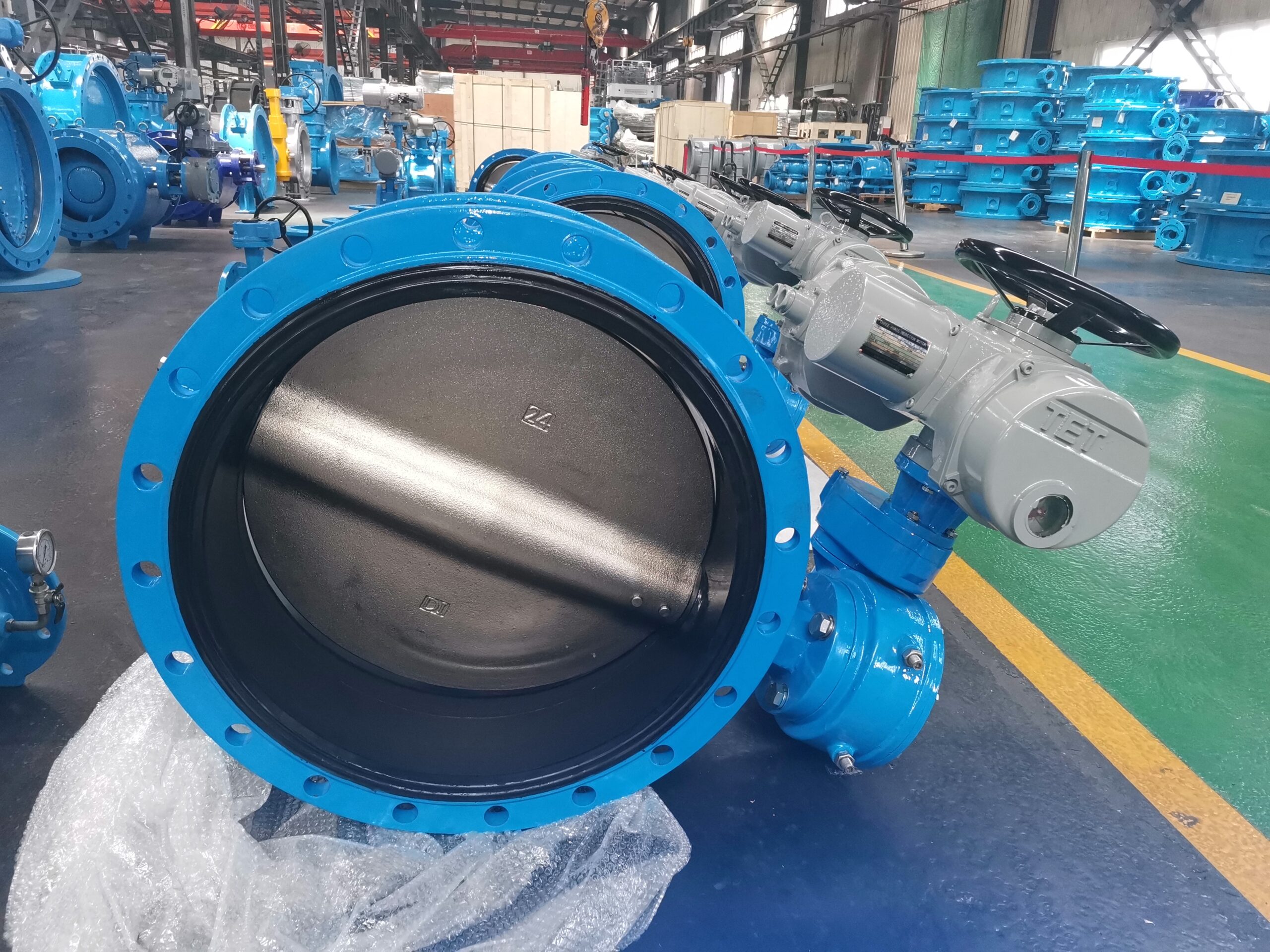To ensure the optimal performance of a U-type butterfly valve, regular maintenance and care are essential. Proper maintenance help prevent issues such as leakage, corrosion, or malfunctioning, and it prolongs the valve’s lifespan.
Here are some key maintenance and care practices for a U-type butterfly valve:
- Regular Inspection:
- Conduct routine visual inspections to check for any signs of wear, damage, or corrosion. Inspect the valve body, disc, stem, and sealing components.
- Lubrication:
- Ensure that all moving parts, including the stem and the shaft bearings, are properly lubricated. Use a suitable lubricant as recommended by the valve manufacturer.
- Operational Testing:
- Regularly test the valve’s operation to ensure it opens and closes smoothly. Check for any unusual noises or resistance during operation.
- Sealing Surface Inspection:
- Inspect the sealing surfaces for any damage, wear, or debris. Clean the sealing surfaces and ensure they are free from foreign particles that could affect the sealing capability.
- Torque Verification:
- Periodically verify and adjust the torque required for valve operation. Over time, factors such as temperature changes and wear can affect the torque needed for proper functioning.
- Tightening of Bolts and Nuts:
- Check and tighten any loose bolts or nuts on the valve body, actuator, and connection points. Ensure that the valve is securely mounted.
- Corrosion Protection:
- If the valve is installed in a corrosive environment, apply appropriate corrosion protection measures. This may include coating exposed surfaces with anti-corrosive materials or using corrosion-resistant materials for construction.
- Replacement of Seals and Gaskets:
- Replace worn or damaged seals and gaskets as needed. Damaged seals can lead to leakage and compromise the valve’s performance.
- Actuator Inspection:
- If the valve is equipped with an actuator, inspect and maintain the actuator according to the manufacturer’s guidelines. u type butterfly valve Check for any leaks, lubricate moving parts, and ensure proper electrical or pneumatic connections.
- Pressure and Temperature Checks:
- Regularly check the valve’s pressure and temperature ratings to ensure that it operates within its specified limits. Exceeding these limits can lead to valve failure.
- Documentation:
- Maintain detailed records of the valve’s installation date, maintenance activities, and any issues encountered. This documentation can be valuable for troubleshooting and planning future maintenance.
- Valve Alignment:
- Ensure that the valve is properly aligned with the pipeline to avoid unnecessary stress on the valve components. Misalignment can lead to increased wear and reduced sealing effectiveness.
- Emergency Shutdown Procedures:
- Establish and communicate emergency shutdown procedures. Ensure that operators are trained on these procedures to respond promptly in case of an emergency.
- Training and Education:
- Provide ongoing training to personnel involved in the operation and maintenance of the U-type butterfly valve. Well-trained personnel are more likely to detect and address issues proactively.
- Manufacturer Guidelines:
- Follow the specific maintenance guidelines provided by the valve manufacturer. Manufacturers often provide detailed maintenance instructions and recommended intervals for various tasks.
It’s important to note that maintenance requirements may vary depending on the specific design, materials, and application of the U-type butterfly valve. Always refer to the manufacturer’s documentation and guidelines for the most accurate and applicable maintenance procedures.
